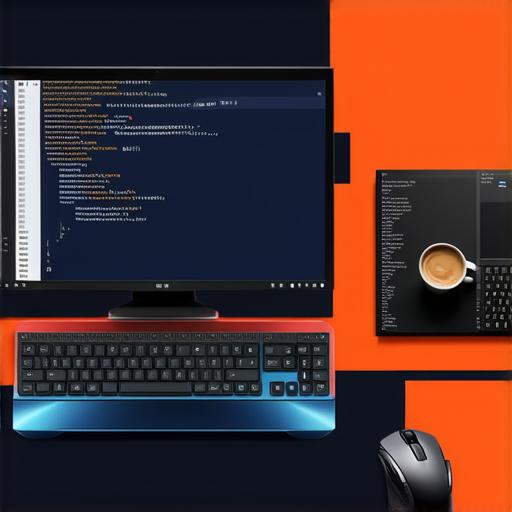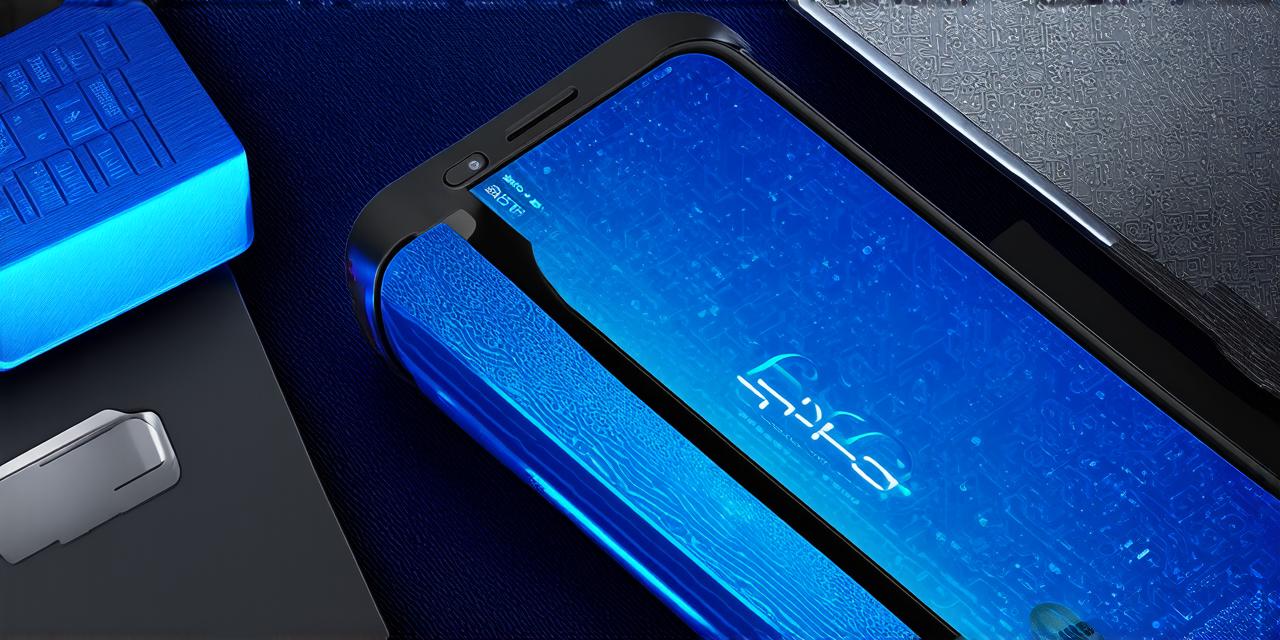Android Studio is one of the most popular integrated development environments (IDEs) for building Android applications. One important aspect of setting up Android Studio is selecting the appropriate system image. In this article, we will discuss the different options available and help you determine which system image to use for your Android Studio project.
Understanding System Images
A system image is a virtual machine that emulates an Android device on your computer. It includes the operating system, kernel, drivers, and other software necessary to run Android applications. When you create a new Android project in Android Studio, you need to specify which system image to use.
Choosing the Right System Image
There are several factors to consider when selecting a system image for Android Studio:
- Target Device: The first consideration is the target device. If you are building an app that will only run on a specific device or range of devices, it’s best to use a system image that matches those devices.
- Operating System and Version: The second consideration is the operating system and version of the target device. Android Studio supports a variety of operating systems and versions, including Android 9 Pie, Android 10, and Android 11. Choose the system image that matches the operating system and version of your target device.
- Memory and Storage: The third consideration is memory and storage. The amount of RAM and storage available on the target device will affect the performance of your app. Choose a system image that has sufficient memory and storage to run your app smoothly.
- Debugging and Testing: The fourth consideration is debugging and testing. If you need to debug or test your app on multiple devices, it’s best to use a system image that supports multiple devices. The Android Studio Emulator supports a variety of devices and configurations, allowing you to test your app on different screen sizes, resolutions, and orientations.
- Compatibility and Performance: The fifth consideration is compatibility and performance. Some system images may be faster or more stable than others. It’s important to choose a system image that provides good performance and compatibility with your project requirements.
Popular System Images
There are several popular system images available for Android Studio, including:
- Nexus 5X Emulator: The Nexus 5X emulator is a popular choice for Android development, as it supports multiple devices and configurations. It has a large screen size of 1080 x 2160 pixels, making it ideal for testing apps on larger screens. The Nexus 5X emulator also supports various network configurations, making it easy to test your app in different environments.
- Pixel Emulator: The Pixel emulator is another popular choice for Android development, as it provides a high-quality and fast emulation experience. It has a resolution of 1080 x 2160 pixels and supports multiple devices, including the Google Pixel 4 and 5. The Pixel emulator also supports various network configurations, making it easy to test your app in different environments.
- Samsung Galaxy S21 Emulator: The Samsung Galaxy S21 emulator is a good choice if you are targeting Samsung devices. It has a resolution of 2400 x 1440 pixels and supports multiple Samsung devices, including the Galaxy S21. The Samsung Galaxy S21 emulator also supports various network configurations, making it easy to test your app in different environments.
- OnePlus 9 Pro Emulator: The OnePlus 9 Pro emulator is a good choice if you are targeting OnePlus devices. It has a resolution of 3216 x 1440 pixels and supports multiple OnePlus devices, including the OnePlus 9 Pro. The OnePlus 9 Pro emulator also supports various network configurations, making it easy to test your app in different environments.
Case Studies and Personal Experiences
To help you determine which system image to use for your Android Studio project, let’s look at some case studies and personal experiences:
Case Study: Developing a Social Media App
A social media app is an ideal candidate for testing on multiple devices, as it needs to work seamlessly across different screen sizes and resolutions. A developer working on a social media app chose the Nexus 5X emulator because it supported multiple devices and configurations, allowing them to test their app on various devices and configurations with ease.
Personal Experience: Building an E-commerce App
I recently built an e-commerce app for an online store that sells products to customers worldwide. To ensure compatibility across different devices and regions, I chose the Pixel emulator because it provides a high-quality and fast emulation experience. The Pixel emulator also supports multiple devices, including the Google Pixel 4 and 5, making it easy for me to test my app on different devices and configurations with ease.
Case Study: Developing a Gaming App
A gaming app requires high-performance hardware and fast emulation. A developer working on a gaming app chose the Samsung Galaxy S21 emulator because it has a large screen size of 2400 x 1440 pixels and supports multiple Samsung devices, including the Galaxy S21. The Samsung Galaxy S21 emulator also provides fast and stable emulation, making it ideal for testing games on high-end devices.
FAQs
Q: What is a system image in Android Studio?
A: A system image is a virtual machine that emulates an Android device on your computer. It includes the operating system, kernel, drivers, and other software necessary to run Android applications.
Q: How do I choose the right system image for my Android Studio project?
A: To choose the right system image, consider the target device, operating system and version, memory and storage, debugging and testing, compatibility and performance, and popular system images available in Android Studio.
Q: What is the Nexus 5X emulator in Android Studio?
A: The Nexus 5X emulator is a popular choice for Android development because it supports multiple devices and configurations, including large screens. It also supports various network configurations, making it easy to test apps in different environments.
Q: What is the Pixel emulator in Android Studio?
A: The Pixel emulator provides a high-quality and fast emulation experience, making it ideal for testing apps on high-end devices. It supports multiple devices, including the Google Pixel 4 and 5, and various network configurations.
Q: What is the Samsung Galaxy S21 emulator in Android Studio?
A: The Samsung Galaxy S21 emulator is a good choice if you are targeting Samsung devices because it has a large screen size of 2400 x 1440 pixels and supports multiple Samsung devices. It also provides fast and stable emulation, making it ideal for testing apps on high-end devices.
Q: What is the OnePlus 9 Pro emulator in Android Studio?

A: The OnePlus 9 Pro emulator is a good choice if you are targeting OnePlus devices because it has a resolution of 3216 x 1440 pixels and supports multiple OnePlus devices. It also provides fast and stable emulation, making it easy to test your app in different environments.
Conclusion
Choosing the right system image is an important decision when developing Android applications. By considering the target device, operating system and version, memory and storage, debugging and testing, compatibility and performance, and popular system images available in Android Studio, you can choose the best system image for your project.
